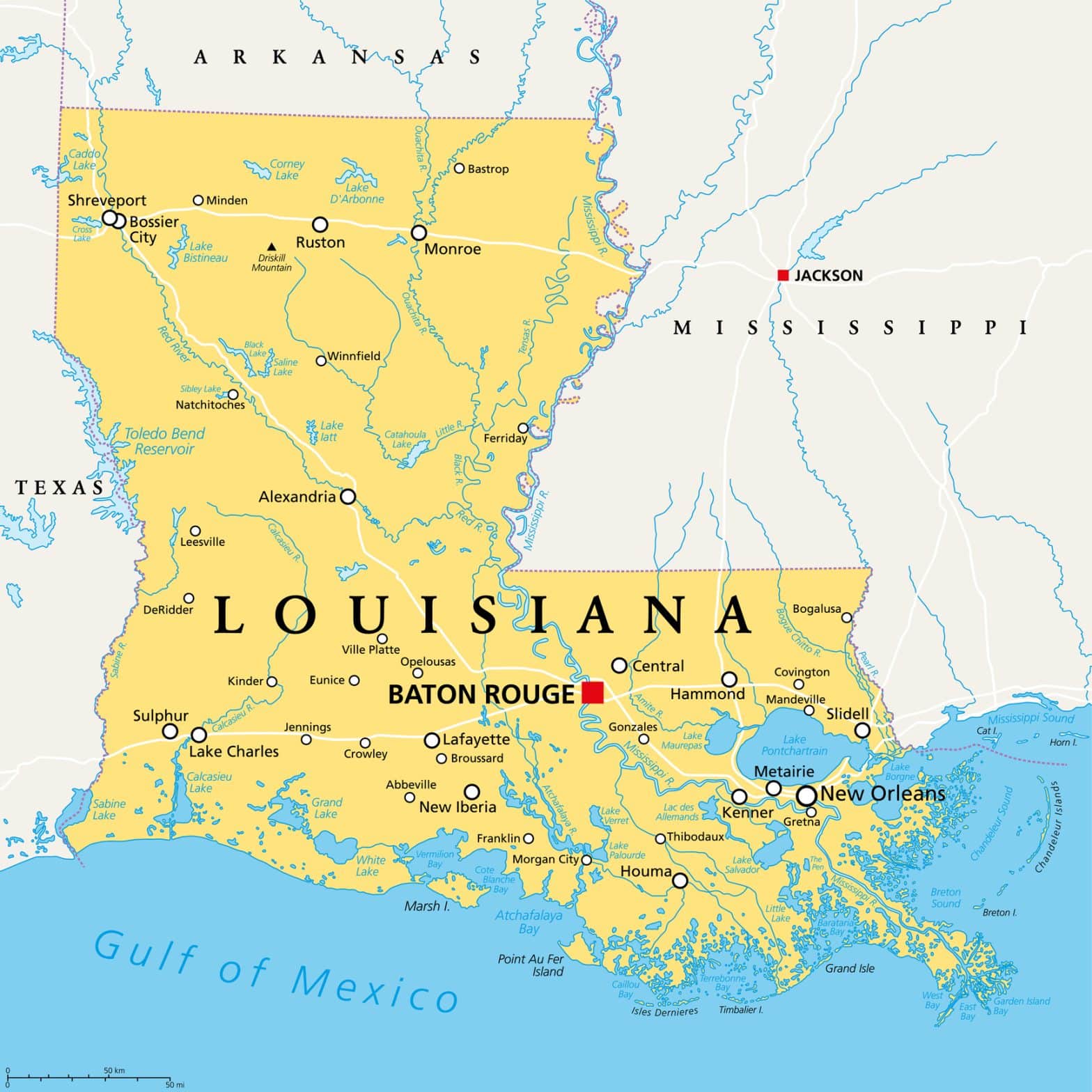Homeowners insurance rates have been increasing rapidly across the US.
As the risk of severe storms, floods, and wildfires increase because of the climate crisis, insurers are refusing to write policies in risky markets and hiking up rates, leaving homeowners with few good options: either policies that are nonexistent or prohibitively expensive.
In Florida, insurance rates have risen due to inflation, flood risk, and hurricanes that impact the costs of construction and make it very expensive to rebuild and replace a home. Right now, Floridians are paying the highest average insurance premium in the US, according to the Insurance Information Institute. Florida is not alone.
California has more wildfire risk than any other state, which has led insurers to reconsider doing business there. Top insurers State Farm and Allstate have stopped issuing new policies in California and the insurers that are left offer such high insurance premiums that some homeowners are opting out of insurance coverage altogether.
As more people lose their homes to climate disasters, insurance companies are refusing to renew policies, offering much higher premiums, and backing out of entire states.
Insurance costs rise in Louisiana
Louisiana is the latest state facing an insurance crisis as damage from hurricanes (2020 and 2021) have led insurers to raise rates or leave the state entirely. Insurance.com reports that Louisiana is facing an extreme insurance availability issue that has many people leaving their homes and shutting down their businesses.
Louisiana is now the third-most expensive state for insurance according to Insurify, an insurance comparison website. The average annual premium for Louisiana is $5,353, which is three times the national average homeowners insurance cost.
Car insurance and flood insurance premiums are also rising within the state. Louisiana has the least affordable car insurance rates in the nation, according to the Insurance Research Council.
For Louisiana, Nola.com reports these factors have led to a decreasing population as people pull up stakes and leave the state looking for affordability elsewhere. For others, the city’s poorest, the lack of affordable insurance options makes affording insurance coverage on their homes impossible.
Rates aren’t going to go down anytime soon as more climate crisis weather events keep occurring — in August, wildfires destroyed more than 2,200 structures in Hawaii —and the serious damage to a home or a total loss could leave a homeowner wiped out financially.
The rapidly rising cost of property insurance may soon make it impossible for some homeowners to maintain their homes, Mark Friedlander of the Insurance Information Institute previously told Insider. Homeowners cannot afford to bear these mass increases every year.













